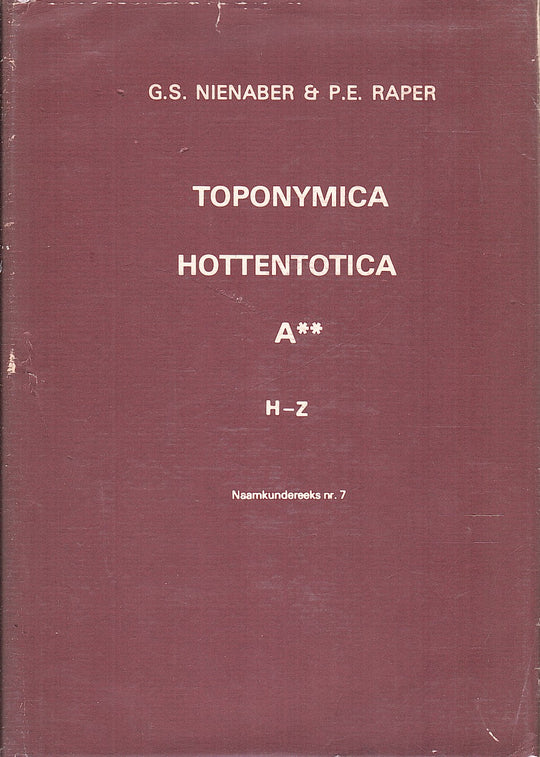Nouansies, Nouncies
Linguistically a very interesting case. Another spelling is Nouncies. Here is the usual allophonic phenomenon of an Anlauting N to show with a suction consonant on an Anlaving H-. 5 D 6. The statement that the name means 'angle' is obviously compatible and linguistically: (i) Nama ǀǀ Hoa-S = 'The ECKE' (Kr.- R. 1969 NW 188), eg. In ǀ UIB DI ǀǀ Hoas (Aid.) [A mountain's corner], it becomes ǀǀ Noa-s. (ii) and the nasalized -6- is realized in the second - n- consonant as ǀǀ noans, ǀǀ close. For all certainty it is said that the 'process' does not accomplish in stages or in the said chronology (have) - it is just as suggested to make it 'mechanical' clear. Even the written image does not necessarily give the right succession, the chronology at ǀǀ N and ǀǀ h- on the kimograph track sometimes rather n ǀǀ - and h ǀǀ -. The - (s) are locative elements.




